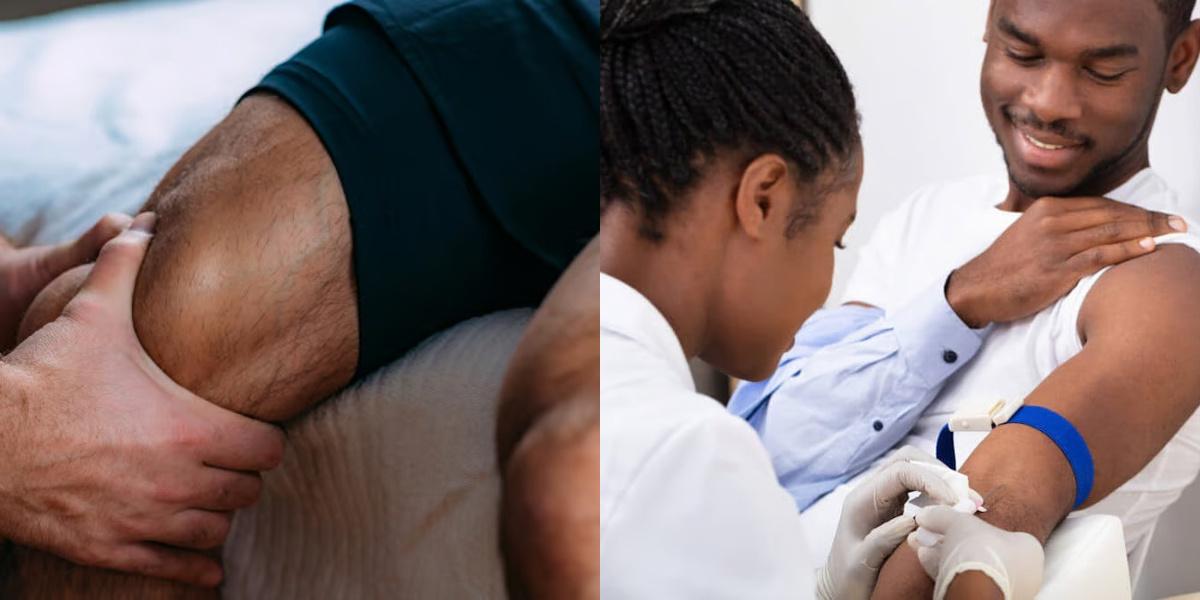Massage Therapist vs Phlebotomy

Vocational training can be a great way to jumpstart your career and enter the workforce quickly. Two popular vocational training options are massage therapy and phlebotomy. Both of these fields offer rewarding careers in the healthcare industry, but they have distinct differences that may make one a better fit for you. In this blog post, we will explore the differences between a massage therapist and a phlebotomist, including job descriptions, education and training requirements, and career outlook and salary.
Massage Therapist vs Phlebotomy: Career Outlook and Salary
When considering a career, it's important to also take into account the job market and potential salary. Here is an overview of the career outlook and salary for massage therapists and phlebotomists:
Massage Therapist:
- According to the Bureau of Labor Statistics (BLS), the employment of massage therapists is projected to grow 21 percent from 2019 to 2029, much faster than the average for all occupations.
- The median annual wage for massage therapists was $42,820 in May 2020, with the lowest 10 percent earning less than $22,010 and the highest 10 percent earning more than $80,630.
Phlebotomy:
- The BLS does not provide specific employment projections for phlebotomists. However, the healthcare industry as a whole is expected to have strong job growth in the coming years.
- The median annual wage for phlebotomists was $36,320 in May 2020, with the lowest 10 percent earning less than $27,550 and the highest 10 percent earning more than $52,500.
Final Thoughts
Both massage therapy and phlebotomy offer unique career paths in the healthcare industry. Ultimately, the right choice for you will depend on your interests, strengths, and career goals. If you enjoy working closely with clients and have a passion for promoting well-being, a career as a massage therapist may be a good fit. On the other hand, if you have strong attention to detail and enjoy working in a clinical setting, phlebotomy may be a better choice.
Regardless of which path you choose, both massage therapy and phlebotomy provide opportunities for meaningful work and the chance to make a positive impact on the lives of others. Take the time to research and explore these careers further to determine which one aligns best with your skills and aspirations.
Dreambound's programs are accessible in different locations. For additional details on these two vocations, please visit:

Pia Yapjoco is part of the school growth and sales team at Dreambound. She helps facilitate school partnerships that expand educational opportunities for aspiring students in allied health and other trades. Beyond work, she curates her pup's Instagram, hunts for hidden coffee gems, and escapes into cozy gaming.





